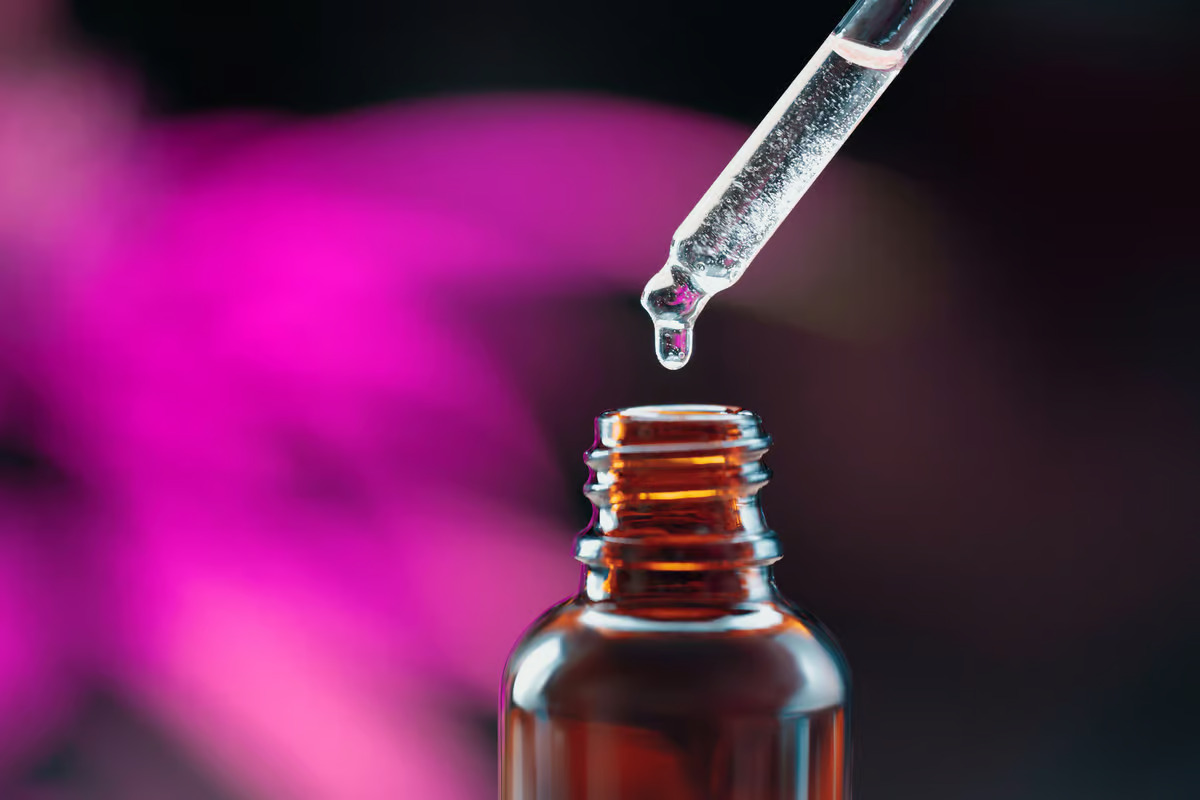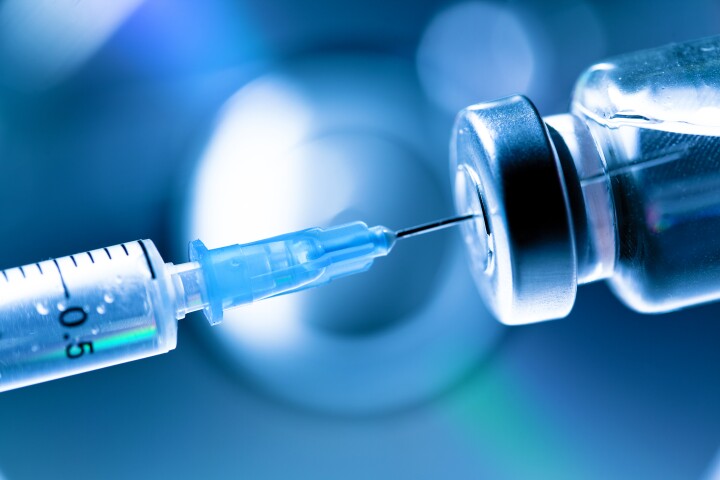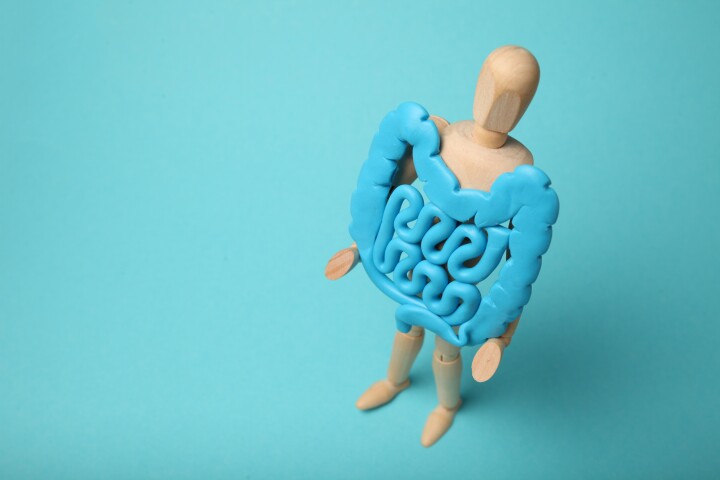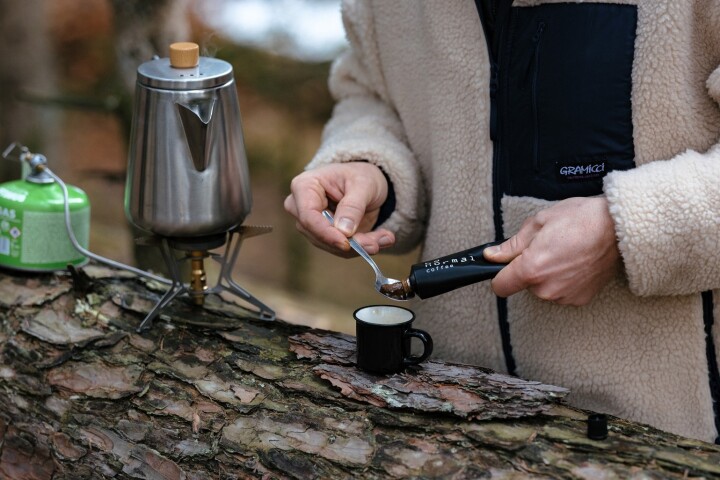 Drops of insulin placed under the tongue could be a new alternative to injections for diabetics. Depositphotos –
Drops of insulin placed under the tongue could be a new alternative to injections for diabetics. Depositphotos –
A hallmark of diabetes is the inability to produce enough insulin to regulate blood glucose levels. Those with type 1, and many with type 2, will need insulin a few times a day, and that’s usually delivered through a subcutaneous injection. Not only is that uncomfortable, but it can be hard for patients to stick to, and creates potential biohazard waste.
Less invasive methods are in development, with varying levels of success. Experimental techniques include controllable implants, or ultrasound patches that deliver drugs straight through the skin, but the major avenue of research is oral insulin delivery. After all, popping a pill is simple, painless and something many people already do everyday.
But again, there’s a few problems with that, too. Insulin is a fragile molecule that doesn’t survive the journey through the stomach to the intestines, where it can be absorbed into the bloodstream. Encapsulating it in different materials can help, or even making capsules that physically inject it into the lining, but going this way means insulin is first metabolized through the liver, which can change its structure.
For the new study, the UBC team developed a new system that might still be called oral insulin. Instead of being swallowed though, it takes the form of drops placed under the tongue. This method, known as sublingual administration, is useful for drugs that don’t survive the stomach. It’s effective because the tissue under the tongue contains a lot of capillaries, allowing the drug to quickly diffuse into the bloodstream.
Normally, this method wouldn’t work well for insulin because it’s a large molecule that can’t easily get through cells. So the team paired it with a cell-penetrating peptide (CPP), made from fish byproducts, that makes cells more porous.
“Think of it as a guide that helps insulin navigate through a maze to reach the bloodstream quickly,” said Dr. Jiamin Wu, a researcher on the study. “This guide finds the best routes, making it easier for insulin to get where it needs to go.”
The team tested the technique in mice. When paired with CPP, the insulin successfully reached the bloodstream and controlled blood glucose levels about as well as insulin delivered via injection. Without the guide peptide, the insulin tended to get stuck in the lining of the mouth.
The researchers are currently working on licensing the technology to commercial partners.
The system was described in two recent papers published in the Journal of Controlled Release.
Source: UBC
–
























Please keep comments to less than 150 words. No abusive material or spam will be published.
–